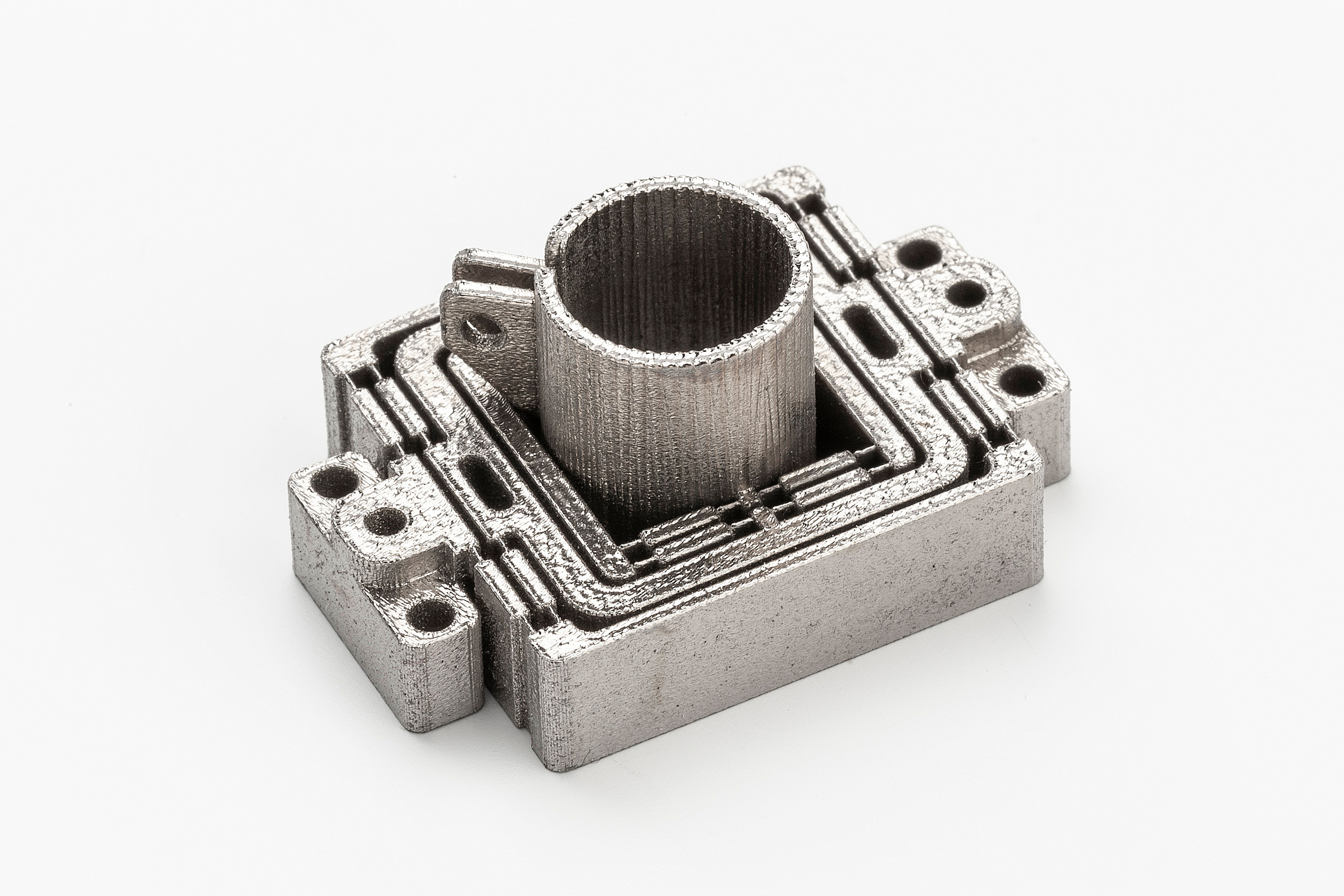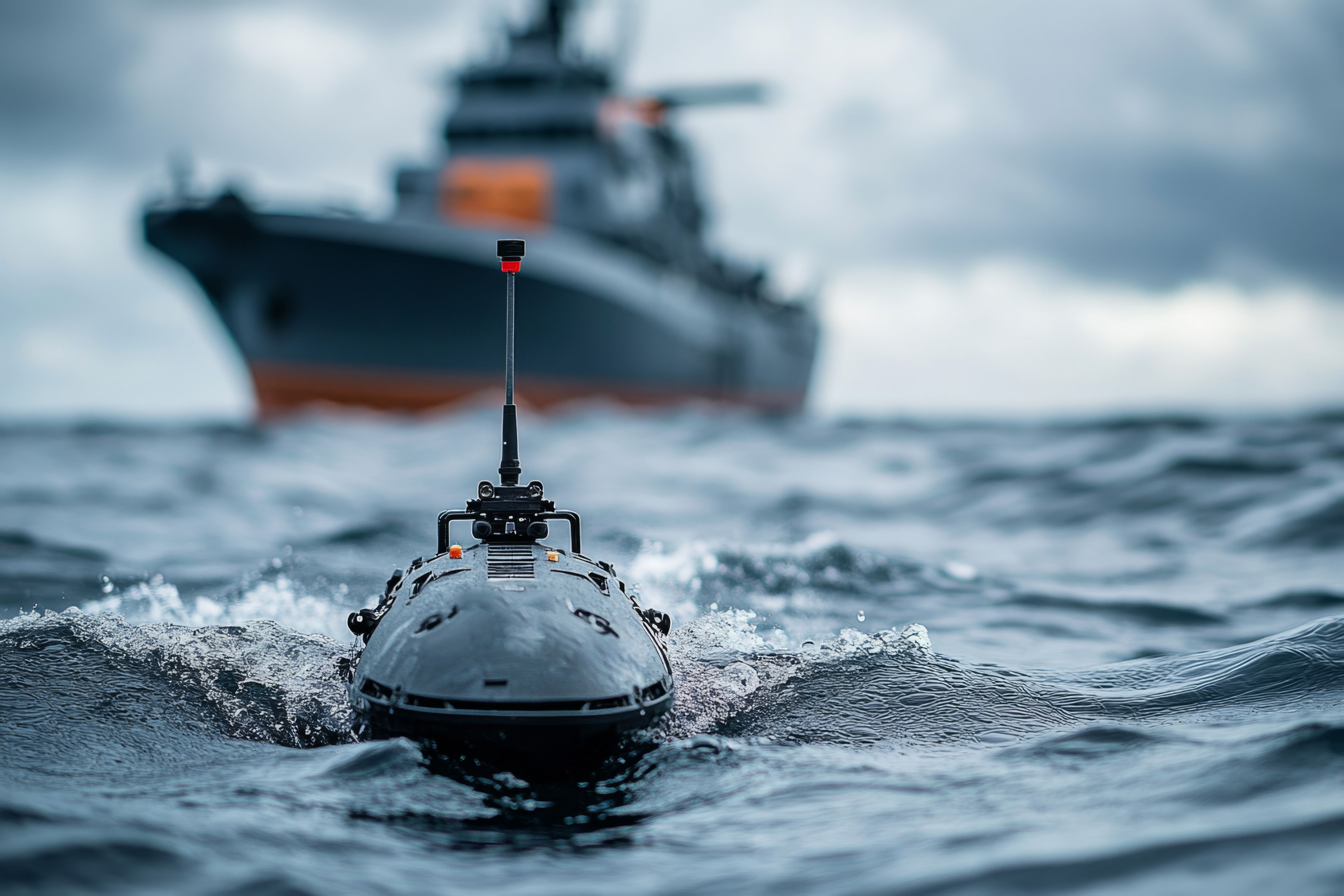Amorphous Alloys in Robotic, Defense and Aerospace Applications
Amorphous Alloys in Robotics
- Exceptional combination of high strength (1.6 GPa tensile strength) and high elasticity (up to 2%) enable highly complex components.
- Due to the fatigue strength (in the range of 400 MPa at 1 billion cycles and 25 Hz) and wear resistance of amorphous alloys, components can be used efficiently and assembled with a long component life.
- Applications include gears, gripper elements, machine elements, and spring components.

Amorphous Alloys for Defense Applications
- Amorphous metals are twice as elastic (up to 2%) compared to conventional materials such as steel.
- High surface quality in the range of 1.0 μm without extensive post-treatment and hardness (> 480 HV) comparable to ceramics.
- Their unique atomic structure allows elastic energy to be stored and utilised, which is particularly beneficial in applications where continuous loading is required.
- These materials are resistant to extreme conditions such as high and low temperatures and humidity.
- The corrosion resistance, which is comparable with titanium or stainless steel, makes amorphous metals ideal for maritime applications. They offer a longer service life and require less maintenance than traditional materials.
- Non-magnetic properties do not interfere with the operation of sensitive electronic equipment, making them particularly suitable for such applications.
- Their high strength (1.6 GPa tensile) allows space and weight savings (up to 20% over equivalent steel components) without sacrificing strength. This provides more space for payload, which is particularly beneficial in space-constrained applications such as drones or portable devices.
- Reproducible and high quality component manufacture within tight tolerances (± 10µm) is achieved through our material specific expertise in amorphous injection molding.
- Applications include underwater and land drones, unmanned vehicles, optics, ballistics, wearables, and air defense.

Amophous Alloys in Aerospace
- Components made of amorphous metals are low-temperature ductile and exhibit good fatigue strength values (in the range of 400 MPa at 1 billion cycles and 25 Hz) making them particularly suitable for use in space applications.
- Weight optimized design (up to 20% savings over equivalent steel components) due to their high strenght (1.6 GPa tensile).
- Freedom in geometric design (thinner or smaller component dimensions) results from high strength (> 2 GPa flexural strength).
- High corrosion resistance compared to commonly used titanium alloys or stainless steels.
- Applications include bearing housings and supports, drilling heads and tools, engine mounts and discs, impeller, rotor and blade components, as well as joints, gears, hinges, and shafts.

 (3).jpg)

